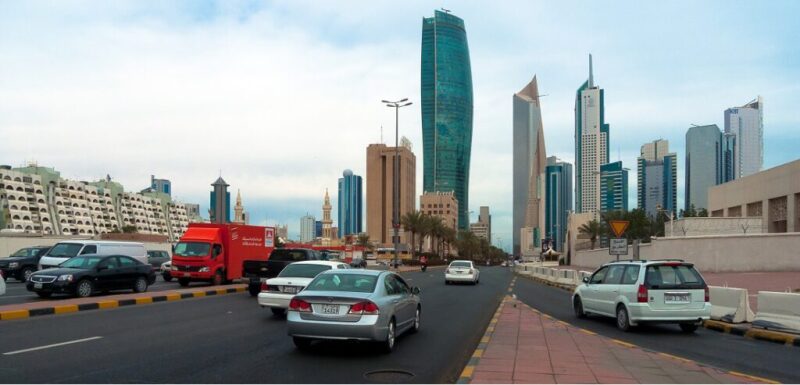Kuwait Oil Company recently completed a challenging seismic-acquisition survey covering three different terrain conditions (land, transition zone, and marine), where the survey crew encountered masny obstacles. During the land-acquisition activities, the survey covered most of Kuwait’s urban areas, including Kuwait City and the adjoining crowded and traffic-congested areas. Fleets of more than 100 vehicles, including heavy vehicles such as vibrator trucks, were operating continuously in Kuwait’s urban areas as part of survey programs.
The project faced many challenges, one of which was to drive through the congested areas and to cross all the major express highways and ring roads as part of the project objective. Kuwait’s road-accident-frequency rate revealed that robust control measures were required to mitigate risk and eliminate any motor vehicle accidents during the survey-acquisition phase. Consequently, land transportation was ranked as the No.1 hazard during the initial planning stage of the project. In order to mitigate the driving risk and to manage a fleet of more than 100 vehicles, a new initiative was introduced.
This paper presents the tool used to control and monitor the fleet of more than 100 vehicles through road-risk analysis and geofencing on the vehicle tracking system.
The crew successfully completed the urban operations through all the highly congested urban areas, including Kuwait City. The overall project performance, in terms of motor vehicle accidents after its implementation, remains at zero recordable motor vehicle accidents after driving more than 4 million km in urban areas. In addition, the project was completed successfully with more than 6 million man-hours of operations without any lost-time injuries.
Find paper SPE 190645 on the HSE Technical Discipline Page free for a limited time.

